This year's Summer-Autumn crop, the whole province planted over 22,300 hectares of rice, reaching 100% of the plan, including 7,250 hectares of hybrid rice and 11,890 hectares of high-quality rice. In recent days, the Summer-Autumn crop weather has often had hot spells interspersed with showers, creating favorable conditions for many types of harmful organisms (PPOs) to arise and attack rice plants.

The Department of Crop Production and Plant Protection directly inspected and detected early harmful organisms on Summer-Autumn rice in Huong Non commune, Tam Nong district.
To ensure the production of the Summer-Autumn crop, the provincial Department of Crop Production and Plant Protection (TT&BVTV) together with TT&BVTV Stations coordinated with localities and people to directly inspect the fields, thereby detecting early types of SVGH on Summer-Autumn rice and implementing measures, instructing people to prevent and control them in a timely manner.
Investigations showed that small leaf rollers appeared and caused scattered damage on rice fields with an infected area of 95.3 hectares, mainly lightly infected, the density of larvae was commonly from 1.0 - 8 individuals/m2, high 12 - 24 individuals/m2 in Viet Tri city and districts of Lam Thao, Thanh Ba, Thanh Son, Cam Khe, Ha Hoa, Tam Nong, Phu Ninh, Doan Hung... Adult worms began to appear sporadically in some areas of early season rice with a common density of 0.05 - 0.5 individuals/m2, high 1.0 - 2 individuals/m2 in districts of Tam Nong, Yen Lap, Ha Hoa, Tan Son, Cam Khe, Lam Thao... Sheath blight disease appeared sporadically on early season tea with a common disease rate of 0.2 - 2.7%, high 5.0 - 12% in districts of Phu Ninh, Lam Thao, Tam Nong, Ha Hoa, Thanh Thuy... Rats moved and caused light damage on rice fields with damaged areas 551.7 hectares, common damage rate 0.1 - 1.6%, high 4.0 - 10% in districts, cities and towns. In addition, physiological diseases, two-spotted stem borer, owl, 5-striped, and various types of planthoppers appeared on rice.
The Provincial Department of Plant Protection has directed specialized departments and Plant Protection Stations of districts, cities and towns to work closely with the people to regularly monitor the fields and promptly guide people to implement measures to prevent and control planthoppers. The Department also requested the People's Committees of districts, cities and towns to assign members of the production steering committee and staff of specialized departments and stations to go to the facilities to inspect, isolate, urge and direct the care and prevention of planthoppers, avoiding widespread spraying of pesticides and ensuring production safety.
Districts, cities and towns focus on directing localities to step up propaganda to residential areas so that farmers can grasp the time of prevention; recommend people not to buy pesticides and fertilizers for crops through social networks, especially Facebook and Zalo, to avoid buying poor quality pesticides and fertilizers; at the same time, strengthen inspection and examination of compliance with the law on business and trade of fertilizers and pesticides, and strictly handle violations...
The Provincial Farmers' Association directs all levels of the Association to coordinate information and propaganda to members to effectively prevent and control pests, protect production and the environment, ensure food safety and public health. Plant Protection Stations of districts, cities and towns strengthen investigation and forecasting work, closely monitor developments of pests, accurately forecast the scale, level and area of damage to each subject...
Regarding prevention techniques, for small leaf rollers, specialized agencies focus on instructing people to use manual measures, nets to catch and kill adults, pupae and larvae. Check and classify fields, when the density of worms reaches the threshold (20 worms/m2 in the standing stage, 40 worms/m2 in the tillering stage), use some types of insecticides such as Indogold 150 SC, Dylan 2.0EC (10WG), SecSaigon 25EC, Abatimec 3.6 EC...; Organize concentrated rat baiting, use baits and drugs in the list of plant protection drugs allowed for use in Vietnam such as Hicate 0.25WP, Ranpart 2%DS, Cat 0.25WP, RasGer 20DP, Rat-kill 2% DP... mixed with cracked boiled rice, rice, sweet potatoes, rice seedlings, crabs, snails, shrimp... to make bait or use pre-mixed baits Broma 0.005AB, FORWARAT 0.005% WAX BLOCK, GIMLET 2.0GB...
For physiological diseases, do not apply nitrogen fertilizer when the rice field is diseased, but use nutritional supplements and detoxifiers for rice such as XO Sogan super root growth, XO super phosphate, Antracol 70WP...; for brown spot disease, when the rice field is infected with a rate of damaged shoots of over 20%, spray with pesticides in the list such as Saipora Super 350SC, Chevin 5SC, Lervil 50SC, Help 400 SC... At the same time, continue monitoring to have timely prevention measures for other subjects.
Currently, the Early Season rice is in the final tillering - standing stage, the Middle Season rice is in the intensive tillering - late tillering stage. It is forecasted that in the coming days, the weather will continue to be alternating between sunshine and rain, combined with fertilizing to welcome panicle formation on the Early Season rice, so SVGH will continue to arise, develop and cause damage with light to medium damage, locally it can be severe damage. The Department of Plant Protection and Diseases directs specialized departments, Plant Protection and Diseases Stations of districts, cities and towns to strengthen coordination with localities and bases to regularly monitor, closely follow the fields, guide people to implement timely preventive measures, contributing to improving the effectiveness of care and pest control on Winter-Spring rice, ensuring production.
Comrade Dang Nguyen Trung Vuong - Head of the Cultivation Department, the Provincial Department of Plant Protection and Plant Protection said: "It is forecasted that adult leaf rollers will appear from July 26 to July 30 on the early season rice crop and from July 30 to August 5 on the mid-season rice crop, then move and lay eggs. The estimated area that needs to be controlled is about 2,200 hectares on the early season rice crop, the best time for control is from August 1 to 5 and 3,500 hectares on the mid-season rice crop, the best time for control is from August 6 to 12. Some districts with later planting areas can spray later, but not later than August 15. Rats continue to move and cause damage on rice crops, the level of damage is light to medium, locally there is heavy damage on fragrant rice fields, high-quality rice, fields near residential areas, livestock farms, along hills, canals, main roads, cemeteries, grass growing areas...".
Turquoise
Source: https://baophutho.vn/chu-dong-phong-tru-sinh-vat-gay-hai-tren-lua-mua-216119.htm



![[Photo] Prime Minister Pham Minh Chinh receives Lao Minister of Labor and Welfare Phosay Sayasone](https://vphoto.vietnam.vn/thumb/1200x675/vietnam/resource/IMAGE/2025/11/11/1762872028311_dsc-2246-jpg.webp)


![[Photo] Chu Noodles - the essence of rice and sunshine](https://vphoto.vietnam.vn/thumb/1200x675/vietnam/resource/IMAGE/2025/11/11/1762846220477_ndo_tl_7-jpg.webp)



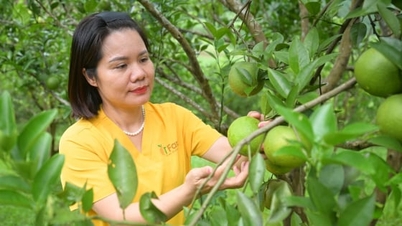






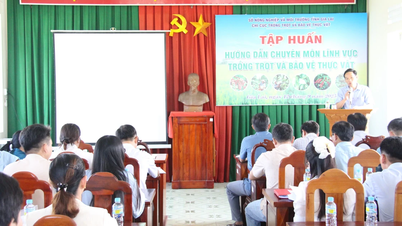






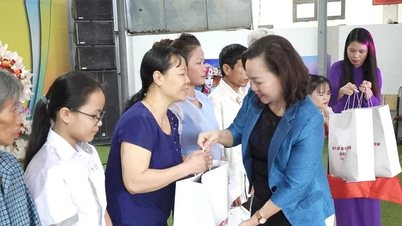





















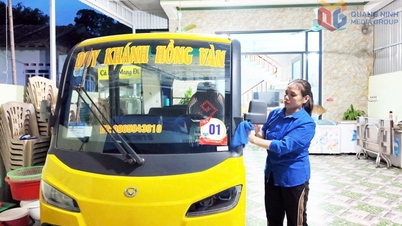





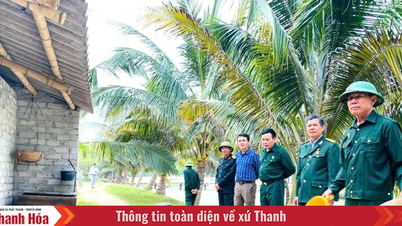
































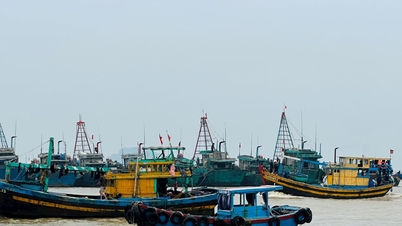


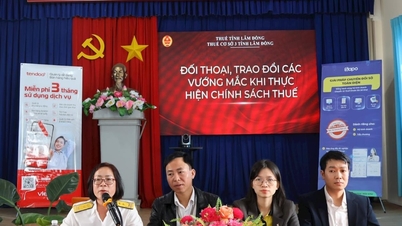
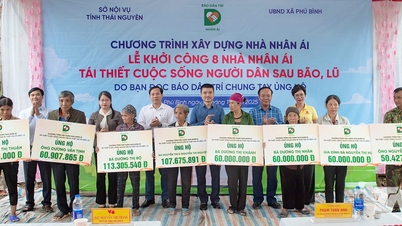



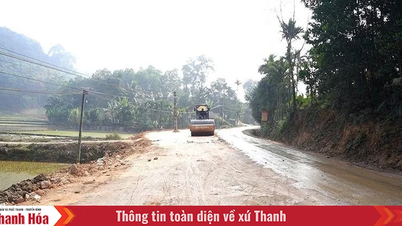




![Dong Nai OCOP transition: [Article 3] Linking tourism with OCOP product consumption](https://vphoto.vietnam.vn/thumb/402x226/vietnam/resource/IMAGE/2025/11/10/1762739199309_1324-2740-7_n-162543_981.jpeg)







Comment (0)